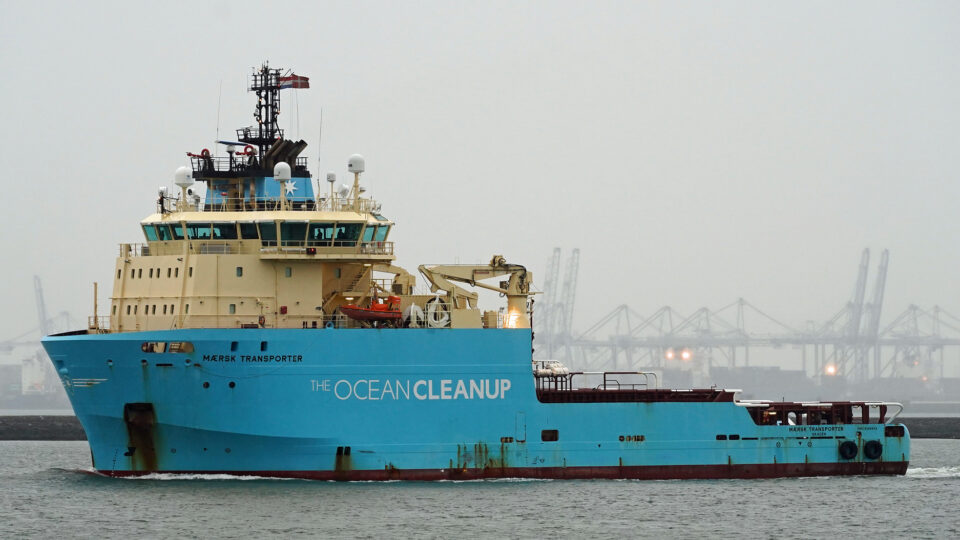El Niño, a weather phenomenon triggered by warm waters in the eastern Pacific, is likely to return this year, according to the World Meteorological Organization. The Pacific has been in the cooler La Niña phase for the past 3 years, which is unusual, but that appears to be coming to a close. According to the WMO, there is an 80% chance that the Pacific will shift to the El Niño phase before fall.
Record hot years typically coincide with El Niño, which adds to the ongoing warming trend in the climate. There is not yet a clear picture of how strong the forthcoming El Niño event will be or how long it might last, but even a mild El Niño could affect precipitation and temperature patterns around the world.
The hottest year on record, 2016, occurred during a particularly strong El Niño. Experts expect that 2024 is likely to see soaring temperatures again. El Niño generally leads to drier conditions in Australia, Indonesia, and southern Asia, but greater amounts of rainfall in South America, the U.S., and parts of Africa. Despite the presence of a cooling La Niña for the past three years, the last eight years have been the hottest on record.
El Niño and La Niña form an intermittent cycle known as the El Niño Southern Oscillation, or ENSO, that is highly influential in shaping the year-to-year variations in weather conditions around the world. ENSO is a natural phenomenon and scientists are still trying to understand how human-caused climate change might be impacting the behavior and dynamics of the cycle.
**********
Web Links
‘A New Spike’ in Global Temperatures in the Forecast
Photo, posted October 11, 2015, courtesy of Harshil Shah via Flickr.
Earth Wise is a production of WAMC Northeast Public Radio



















